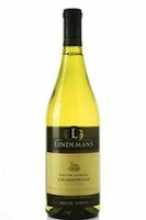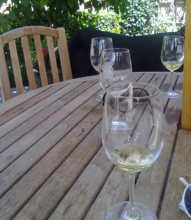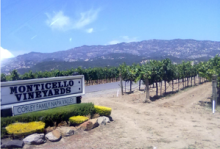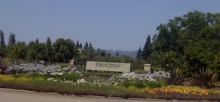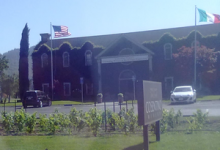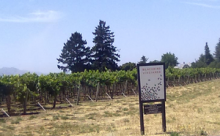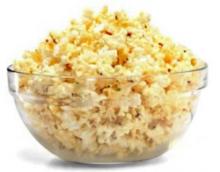Lindeman's Chardonnay South Africa Western Cape 2007
Lindemans is best known for their "bin" range of Australian wines, but they have expanded in the U.S. to distributing wines sourced and produced in Chile and South Africa. In 2006, Lindemans (and Fosters) expanded their wine productions to Chile and South Africa in what they're calling a "country of origin" range of wines. These wines are distributed for sale only in Europe and the US. They're table wines, priced under $10.00. Lindemans' South African wines are sourced from the Robertson region of of South Africa's Western Cape, in partnership with Roodezandt Wine, and winemaker Abe Rossouw. The South African range began with Merlot, Shiraz, and Cabernet Sauvignon from the 2005 vintage as finished wines, and the 2006 Chardonnay before it had even been bottled. Today Lindemans' South African range consists of Merlot, Cabernet Sauvignon and Shiraz, and Chardonnay, from South Africa's Western Cape, and Cabernet Sauvignon from Chile's Maipo Valley and Chardonnay from the Rapel and Curico valleys.
I've tried the South African Cabernet Sauvignon, and while there wasn't anything wrong with it, neither was it particularly memorable. It seems only fair to at least try their Chardonnay, particularly since it has in the past been praised as a "best of class." In the glass, this Chardonnay is a darker shade of gold than most of the Chardonnays I've tried. It has a slightly sweet aroma, like melon, or musk grapes, and, while it's on the dry side, this Chardonnay is sweeter than I'd expect from Chardonnay. It is very much fruit forward, with a distinct melon and green apple quality. It's a bit like Sauvignon Blanc, honestly, (yes, I know that's heresy) and not at all oaky. It is noticeably different from the Chardonnays I've tried from California, and Washington, and most similar to the low-end budget or Australian table wine Chardonnays I've tried. It's 13.55 ABV, and was a spontaneous purchase at the local co-op for $3.99, and was a super pairing with bacon popped popcorn. In other words, this is a perfectly decent table wine, meant to be enjoyed with your regular meals, or as a spontaneous pairing for a spur-of-the-moment meal with friends.
